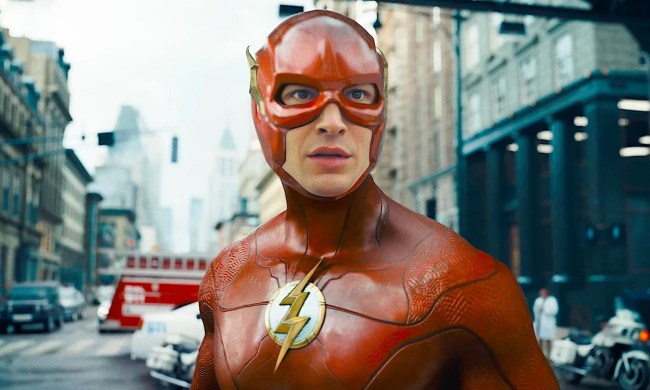The Flash starring Ezra Miller is a massive superhero adventure that serves as a finale to the troubled DC Extended Universe series of films that began with Man of Steel. In keeping with the current trend in comic book movies, it’s a multiversal mash-up in which the Scarlet Speedster teams up with a version of himself from an alternate timeline while encountering an assortment of characters from both within and outside of the DCEU.
- 1980s: The discarded Flash script that launched Jeph Loeb’s comics career
- 2006: David Goyer’s Batman Begins follow-up
- 2007: Shawn Levy and Chris Brancato’s Wally West story
- Also 2007: The Justice League: Mortal spinoff
- 2008: Dan Mazeau’s post-Dark Knight draft
- 2010: Greg Berlanti and Marc Guggenheim’s ‘sports movie’
- 2015: Seth Grahame-Smith and Lord and Miller’s doomed DCEU version
- 2016: Rick Famuyiwa’s Flash/Cyborg team-up
- 2017: The failed Flashpoint movie
- 2018: John Francis Daley and Jonathan Goldstein’s more lighthearted Flash crossover
- 2019: Grant Morrison abd Ezra Miller’s solo Flash script
Oddly enough, someone could easily populate a robust Flash multiverse consisting only of versions of this movie that were never made. The Flash was in development hell for ages, with a plethora of totally distinct commissioned scripts and a parade of directors attached before the final Andy Muschietti version was produced. We hopped on our own Cosmic Treadmill to revisit some of these Flash movies that never were.
1980s: The discarded Flash script that launched Jeph Loeb’s comics career

Way back in the 1980s, screenwriter Jeph Loeb — best known at the time for Commando and Teen Wolf — was approached by Warner Bros. to write a movie based on the DC Comics’ character The Flash. While working on this project, Loeb was contacted by DC publisher Jenette Kahn about taking a swing at writing comics.
Nothing would become of Loeb’s Flash screenplay, but Loeb would go on to have a decades-long comics career at both DC and Marvel, co-creating such enduring classics as Batman: The Long Halloween and Spider-Man: Blue (as well as colossal stinkers like Ultimatum). Ironically, Loeb has only ever written a single Flash story, the 2004 one-shot DC Comics Presents: The Flash, which likely has no relationship to his movie script.
2006: David Goyer’s Batman Begins follow-up
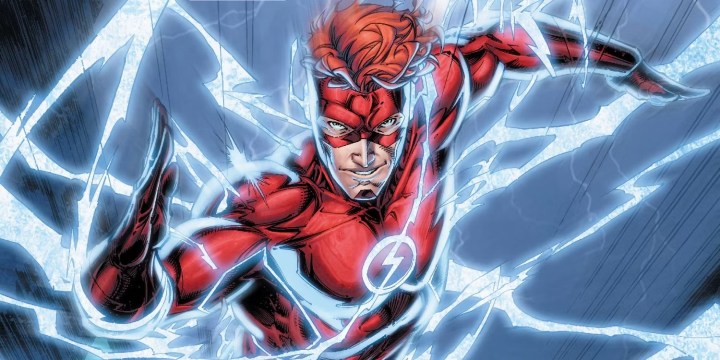
Following the success of Batman Begins, Warner Bros. commissioned its co-writer, David S. Goyer, who had a long history writing both superhero comics and films, to write a Flash script. Goyer’s script is loosely inspired by the then-contemporary comics run written by Geoff Johns, with whom Goyer had collaborated on DC’s JSA title. At this point in the comics continuity, Barry Allen had been dead for some time, having sacrificed himself to save reality in 1985’s Crisis on Infinite Earths crossover event. Since then, the canonical Flash had been his nephew and former sidekick, Wally West, who struggled to honor his mentor’s legacy.
In Goyer’s script, however, Barry has no legacy, and the Flash is considered by most to be an urban legend. Years after Barry’s death, lovable loser Wally acquires his uncle’s powers and becomes the new Flash. Like his comics equivalent at the time, Wally wears a mask, but does not maintain a secret identity, which significantly complicates his life. The villains of the film would have been Hunter Zolomon, a character introduced during Johns’ comics run, and classic Flash antagonist the Turtle. Goyer was eyeing Ryan Reynolds for the role of Wally, having recently directed the actor in Blade: Trinity. Goyer planned to direct The Flash as well, if it had been given the greenlight.
2007: Shawn Levy and Chris Brancato’s Wally West story
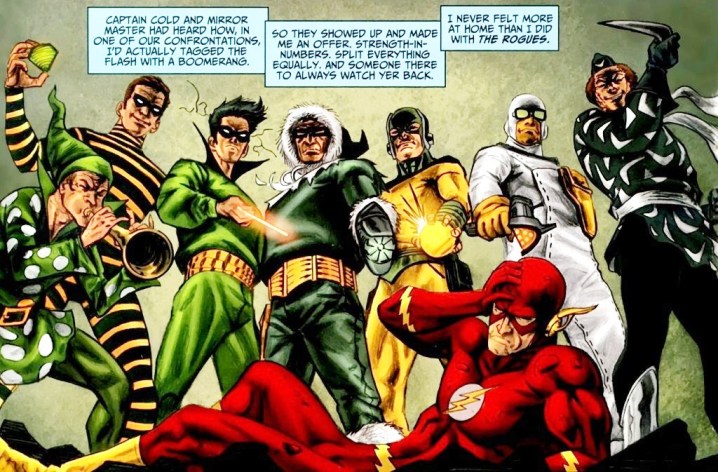
Once Goyer’s take on The Flash fizzled out, the studio announced that it would be handing the project to Night at the Museum director Shawn Levy. In place of Goyer’s script would be a new draft by television writer Chris Brancato, who would later be known as the creator of Narcos. Brancato’s script is said to be a “lighter, more studio-friendly take” in which Wally discovers Barry’s secret identity and acquires his powers after his uncle’s death. With the help of his friends, Wally experiments to determine the extent of his powers while solving the mystery of Barry’s murder.
Then-regular comics characters Linda Park and Hunter Zolomon play prominent roles, and the villain is immortal, hyper-evolved caveman Vandal Savage, who is introduced in the film as the governor of Kansas. Popular Flash rogues Heatwave, the Pied Piper, and Rainbow Raider also appear as secondary villains. After only three-and-a-half months in development, this version of The Flash was scrapped as the studio began planning a new shared DC Universe of films built around George Miller’s Justice League: Mortal.
Also 2007: The Justice League: Mortal spinoff
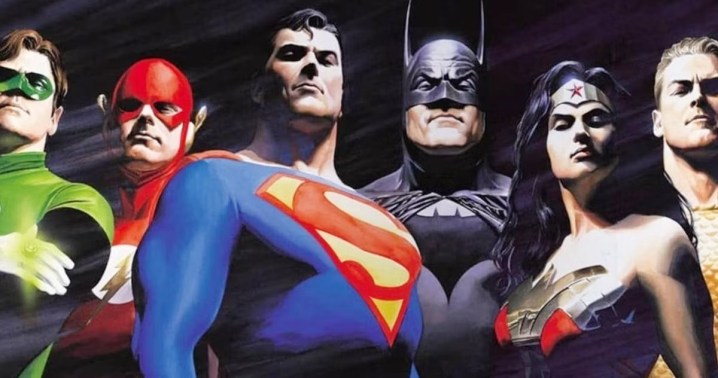
In 2007, Mad Max director George Miller was late in development on the first live-action Justice League film, entitled Justice League: Mortal. Rather than roping in Christian Bale’s Batman or Brandon Routh’s Superman, Justice League: Mortal would have featured an entirely new cast, one which the studio hoped might appear in a branching cinematic universe like the one Marvel was about to kick off with Iron Man.
Adam Brody was cast as Mortal’s Flash, and a spinoff solo feature was rushed into development. Wedding Crashers’ David Dobkin was signed to direct, and revealed that his film would star Brody as Wally West. His tagline for the film: “You can’t outrun yourself.” TV and theater scribe Craig Wright was hired to write the screenplay, but before any progress could be made, Justice League: Mortal fell apart, torpedoing any spinoff projects. Brody got to try on his costume for a screen test, and that was the last he ever heard of it.
2008: Dan Mazeau’s post-Dark Knight draft

After 2008’s Iron Man and The Dark Knight kicked the superhero movie craze into a new gear, Warner Bros. began aggressively pursuing new projects based on DC Comics properties. Leading comics writers Johns, Marv Wolfman, and Grant Morrison were hired to consult with the studio, with Johns becoming a producer on a possible Flash solo feature.
Johns commissioned Dan Mazeau to pen a screenplay, but this project allegedly ran into trouble when the studio waffled over whether or not the Flash film should prioritize setting up a Justice League film. Eventually, this project fell through.
2010: Greg Berlanti and Marc Guggenheim’s ‘sports movie’
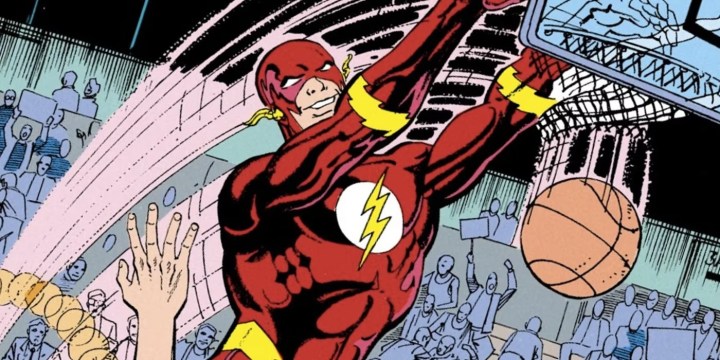
Johns, now chief creative officer of DC Entertainment, recruited Greg Berlanti, Michael Green and Marc Guggenheim — the same writing team that penned the upcoming Green Lantern film — to start work on a Flash movie in 2010. This film adaptation would have focused exclusively on the Barry Allen version of the character, as Barry had been recently resurrected in the comics and resumed his mantle as the Flash. In an interview with Comic Book Movie, Guggenheim explained that the writing team wanted to emphasize the Flash’s athleticism, and said that an element of their draft was “something like a sports movie.”
Like in future DC films, an effort was made to incorporate existing comics characters whenever possible, rather than create new ones. After Green Lantern disappointed critics, fans, and general audiences alike, this iteration of the film project was never spoken of again. Berlanti, however, would go on to create and produce the popular television version of The Flash that ran (no pun intended) for nine seasons beginning in 2014.
2015: Seth Grahame-Smith and Lord and Miller’s doomed DCEU version

In 2013, DC announced that a Flash movie was slated for a 2016 release, to be immediately followed by Justice League in 2017. And 2016 would indeed be the year that Ezra Miller made their debut as Barry Allen, but after a variety of delays and shuffling release dates, this would be a mere cameo in Batman v Superman: Dawn of Justice, setting up their appearance in Justice League the following year and a planned solo film afterwards. During this period, The Flash would be Hollywood’s most infamous revolving door project, with writers and directors coming and going with incredible speed.
In 2015, hot off the success of The LEGO Movie, Phil Lord and Chris Miller signed on to develop the story for the DCEU’s Flash movie, leaving the door open for the pair to also direct the film. Lord and Miller would exit the project months later in favor of writing and directing Solo: A Star Wars Story (from which they would later be fired). To fill the vacuum, Warner Bros. hired Abraham Lincoln: Vampire Hunter screenwriter Seth Grahame-Smith to direct The Flash and craft a script based on Lord and Miller’s treatment. Less than a year later, Grahame-Smith was out the door, citing creative differences. Nevertheless, The Flash was still slated for release on March 16t 2018.
2016: Rick Famuyiwa’s Flash/Cyborg team-up

Rick Famuyiwa, the director of Dope who has since helmed multiple episodes of The Mandalorian, took over The Flash from Grahame-Smith in June 2016. Famuyiwa rewrote the script he inherited from Grahame-Smith and quickly began casting the film, beginning with Kiersey Clemons as love interest Iris West and Billy Crudup as Barry’s father, Henry. Both of these castings stuck, and the two actors filled small roles in Justice League (though Clemons’ scenes appear only in original director Zack Snyder’s cut).
In August 2016, it was made official that Ray Fisher’s Cyborg would be joining the cast, having recently made his cameo debut in that summer’s Batman v Superman, and Deadline reported (in passing) that Gal Gadot would also make an appearance as Wonder Woman. Famuyiwa’s draft appears to be the point at which The Flash became more of a team-up adventure rather than a solo film, leveraging the growing cast of the DCEU. In October, shortly before production was set to commence, Famuyiwa announced that he was leaving the project, citing the now-familiar refrain of “creative differences.”
2017: The failed Flashpoint movie
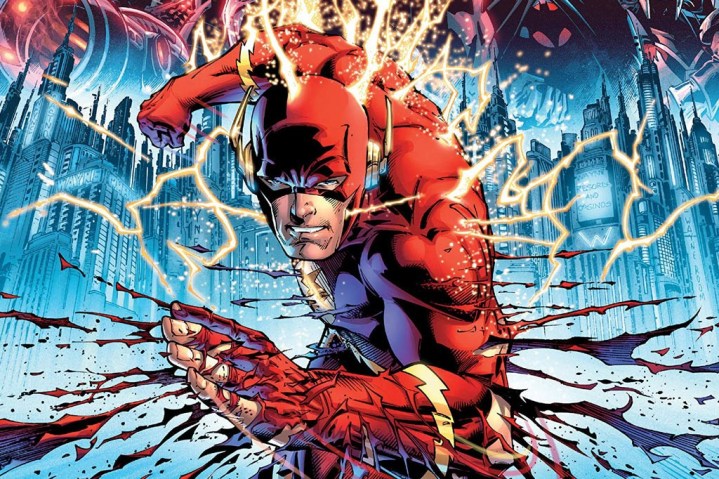
After the departure of Famuyiwa, Warner Bros. desperately pursued new directors in the hopes of keeping The Flash on track. Directors who were reported to have been offered the job include Robert Zemeckis, Matthew Vaughan, Sam Raimi, Jordan Peele, and Ben Affleck. During this period, the script was also totally rewritten by Joby Harold, who had recently penned King Arthur: Legend of the Sword for director Guy Ritchie.
On the other side of this rewrite, the film was officially rebranded as Flashpoint, named after a 2011 comics event in which the Flash’s meddling with the timeline accidentally creates a bizarre new reality in which Bruce Wayne’s father, Thomas, is a gun-toting Batman, Superman is an angry and emaciated prisoner of laboratory experiments, Cyborg is resident of the United States, and the world is being torn apart by a war between Wonder Woman and Aquaman. Johns (who also wrote the Flashpoint comics story) confirmed to reporters that the film would, indeed, be a Batman story, and Gal Gadot was expected to appear as Wonder Woman. Warner Bros. now planned to release Flashpoint in 2020, but had yet to hire a director.
2018: John Francis Daley and Jonathan Goldstein’s more lighthearted Flash crossover
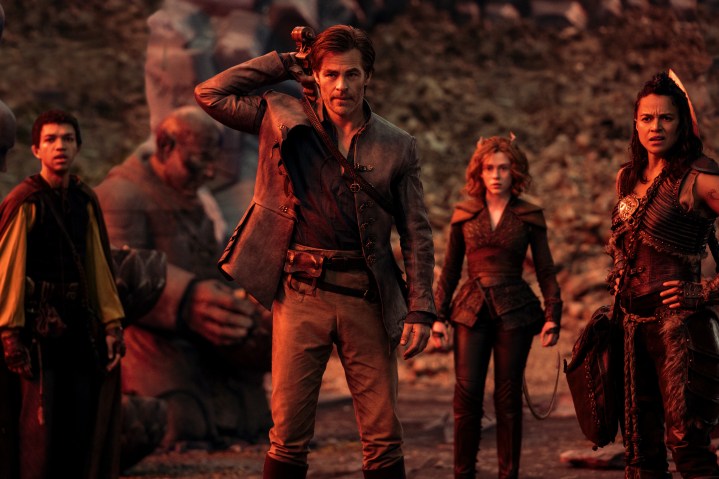
John Francis Daley and Jonathan Goldstein, the writers and directors of Game Night, now better known for Dungeons & Dragons: Honor Among Thieves, came aboard the project in January 2018. The film’s title reverted back to The Flash, but would likely have still been based upon the Flashpoint premise, with a new, less grim script from the duo based on Joby Harold’s draft.
Filming was scheduled to commence the following February, until it was delayed due to Miller’s commitment to Fantastic Beasts and the Secret of Dumbledore. Production was kicked down the road yet again, as was its release, which was rescheduled for 2021. At this point, not even Miller’s casting felt ironclad, and this was before their off-screen behavior became a public relations nightmare.
2019: Grant Morrison abd Ezra Miller’s solo Flash script
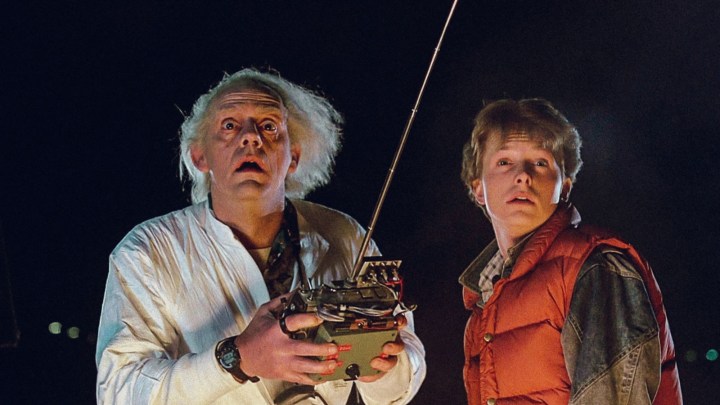
Meanwhile, Miller was apparently displeased with the lighthearted direction that Daley and Goldstein wanted to take The Flash, and sought out legendary comics writer Grant Morrison in the hopes of convincing Warner Bros. to start fresh with a new script. The studio gave Miller and Morrison two weeks to hammer out a draft, which Morrison has described as a Flash-focused story akin to Back to the Future, but that didn’t involve the multiverse or a massive cast of other DC characters. Though proud of their work, Morrison says that this simply wasn’t the direction that the studio was interested in taking the film, and that their script was tossed out in favor of the final product, which resembles the Flashpoint premise.
By the time this dust had settled, however, Daley and Goldstein were out the door. They were succeeded by It director Andy Muschetti and Birds of Prey scribe Christina Hodson, who performed yet another rewrite, resulting in the film that was released in 2023. Still, the reverberations of many of these discarded drafts can still be felt in the final product. The Flash retains Fumiyama’s casting of Kiersey Clemons as Iris West, though Billy Crudup was forced to bow out due to scheduling conflicts. Harold, who wrote the first Flashpoint script, and penultimate writer/directors Daley and Goldstein each receive a “Story by” credit, meaning that Hodson’s screenplay is still built from the framework of the 2017 draft.
If nothing else, The Flash serves as a particularly wacky example of just how difficult it can be to get a big-budget movie made, and why so many major studio releases are a stitched-together mess. Will The Flash wind up feeling like one complete movie, or a weird amorphous blob made up of three or four movies with different authors? Your mileage may vary.
The Flash is (finally) playing in theaters now.


